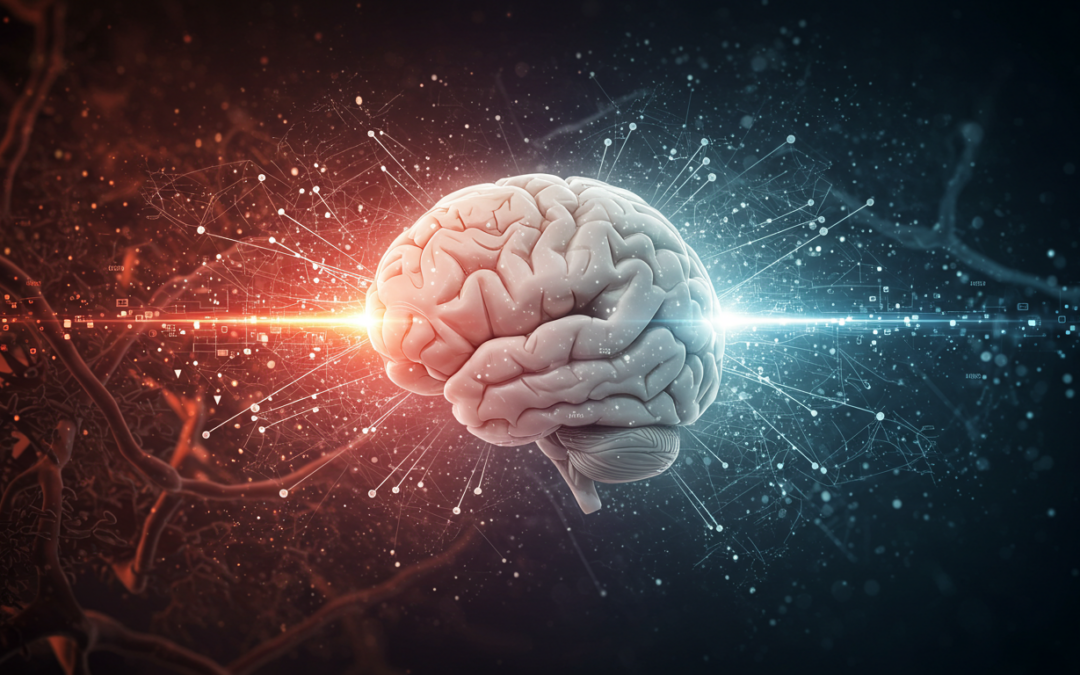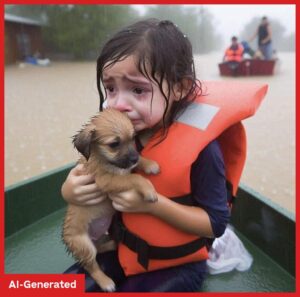
Using AI to Simulate Congress – It’s a Whole New World

A recent discussion about AI and virtual agents led to an intriguing question: Could they be trained to predict public opinion?
There are companies attempting to train agents by census data, voter files, and other assorted data then spinning them up and polling the agents with typical political polling. It’s wild.
This, naturally, spiraled into jokes about living in a simulation. But the idea stuck with me, fueling my curiosity about AI’s role in politics.
I then came across this paper that explores whether large language models (LLMs) can simulate senatorial decision-making and, more importantly, whether they can identify conditions that encourage bipartisanship.
Researchers Zachary Baker and Zarif Azher created AI-driven agents representing real U.S. Senators, placing them in a virtual simulation of the Senate Intelligence Committee.
The results suggest that under certain conditions, these agents exhibit realistic debate patterns and even compromise across party lines.
Title: Simulating the U.S. Senate: Can AI-Powered Agents Model Bipartisanship?
Link: Link
Peer Review Status: Under Review
Citation: Baker, Z. R., & Azher, Z. L. (2024). Simulating The U.S. Senate: An LLM-Driven Agent Approach to Modeling Legislative Behavior and Bipartisanship. arXiv preprint arXiv:2406.18702.
Introduction
Political gridlock and polarization defines modern legislative processes, with bipartisan cooperation often seeming elusive.
This study explores whether large language models (LLMs) can simulate senatorial decision-making and, more importantly, whether they can identify conditions that encourage bipartisanship.
Researchers Zachary Baker and Zarif Azher created AI-driven agents representing real U.S. Senators, placing them in a virtual simulation of the Senate Intelligence Committee.
The results suggest that under certain conditions, these agents exhibit realistic debate patterns and even compromise across party lines.
Methodology
The researchers designed virtual senators using GPT-3.5, equipping each agent with key traits, policy positions, and memory functions. The study focused on six senators from the 2024 Senate Intelligence Committee, including Mark Warner (D), Marco Rubio (R), Susan Collins (R), John Cornyn (R), Ron Wyden (D), and Martin Heinrich (D). These AI senators engaged in structured debates on two key issues:- U.S. aid to Ukraine.
- A general discussion on necessary legislative actions./li>
Results and Findings
AI Agents Could Engage in Realistic Debate
The agents demonstrated an ability to recall prior discussion points, build arguments, and reflect on their positions. Their reflections aligned with their initial stances, reinforcing the validity of the simulation.
For example:
Agent Rubio: “During the committee meeting, I strongly advocated for substantial military aid to Ukraine… I believe we can’t afford to wait, and our response needs to be swift and decisive.”
Agent Wyden: “I raised concerns about balancing domestic needs with the urgency of supporting Ukraine. While I understand the gravity of the situation, I stressed the importance of accountability.”
Expert Evaluations Showed Moderate to High Believability
The expert reviewers assigned mean believability scores above 5 across all tested scenarios. The funding-for-Ukraine debate received an average score of 7.45, suggesting that the AI agents’ discussions mirrored real-world legislative arguments convincingly.
Bipartisanship Emerged When External Factors Shifted
One of the study’s most intriguing findings was how agents reacted to external perturbations. When the simulation introduced new intelligence indicating an imminent Russian breakthrough in Ukraine, previously hesitant senators became more willing to compromise. This shift suggests that real-world bipartisanship may hinge on clear, immediate external threats.
Critiques and Areas for Further Study
Limited Scope and Sample Size
The study only included six senators from one committee, limiting its generalizability. Future research should expand to larger legislative bodies and different committees to test whether similar bipartisan trends emerge.
Lack of Real-World Verification
While the AI agents’ actions were rated as “believable,” the study did not compare their decisions to real-world legislative outcomes. A follow-up study could test whether historical simulations align with actual votes and policy developments.
Simplified Agent Memory and Interaction
More sophisticated training structures and multi-agent training could enhance realism.
Chat GPT 3.5 Was Used
AI Senators were created with ChatGPT 3.5. Noting the expendential improvement with later models.
Conclusion
For me, this study is less about specific findings and more of a proof of concept—an early glimpse into what AI-driven simulations could mean for legislative analysis and decision-making. The possibilities are vast.
Imagine a public affairs specialist training an AI model on a government official. The technology is nearly there. Could one use Google’s Notebook LM to upload hundreds of sources on a policymaker and their key issues, then query against it? Absolutely. Could one simulate meetings? Likely. Predict outcomes? Maybe not yet, but it’s coming.
What if you trained agents on entire legislative bodies? Florida’s regular legislative session just started this week. Predicting legislative outcomes of floor votes is relatively straightforward—partisanship and leadership preferences dictate much of the process. But the real power isn’t in forecasting final votes; it’s in modeling committee member markups, where deals are made and policies are shaped. Could AI map those interactions? That’s where this research gets interesting.
My head is spinning with what makes the most sense in training data and what other factors to consider.
As AI agents and models improve, these simulations could become invaluable for political research, policy development, lobbyists, and public affairs officials.
The ability to test legislative scenarios before they unfold could transform how decisions are made and policies are shaped.







